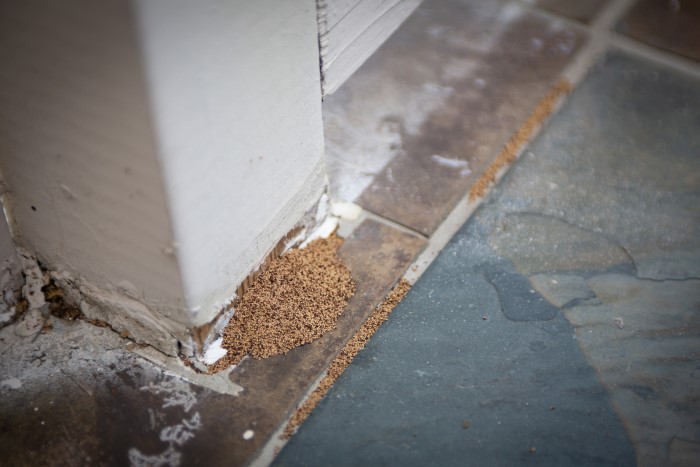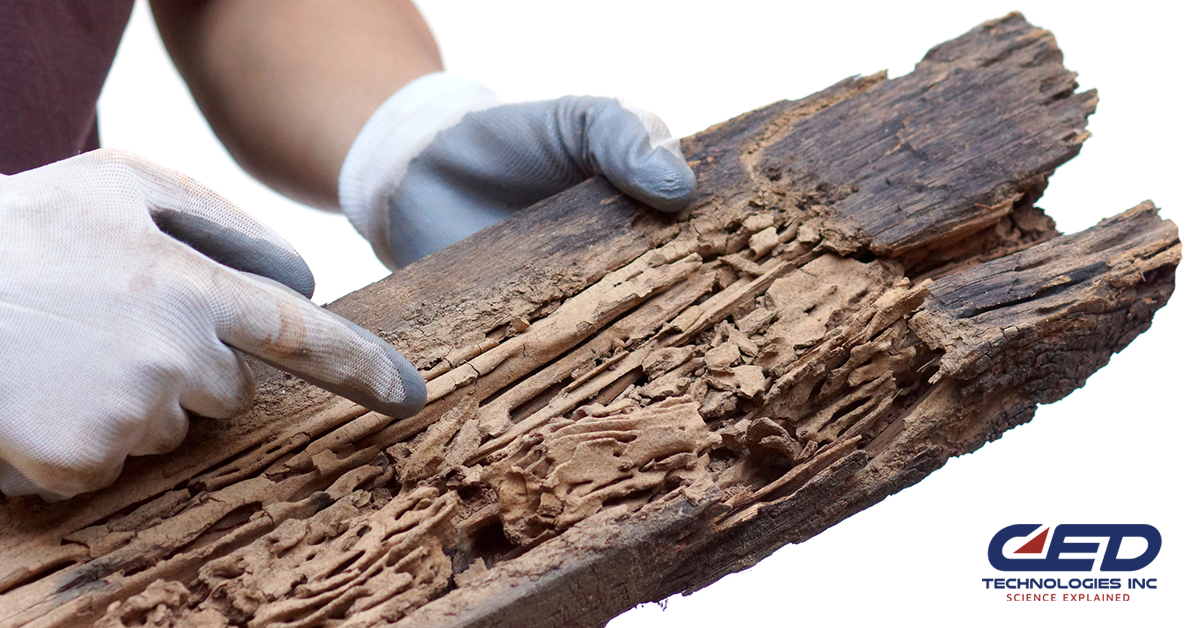Few things strike fear in the heart of a happy or prospective homeowner than the word “termite.” Termites play an important role in nature – eating away at dead, fallen trees and other cellulose containing materials, creating rich soil, and balancing the ecosystem. But unfortunately, a termite cannot distinguish between a dead branch in your yard, and the floor joist in your kitchen. The EPA estimates that structural damage repairs in the U.S. alone are in excess of $5 billion a year. Each year, termite damage is discovered in approximately 600,000 homes and structures.
Termite specialists and entomologists with the U.S. Department of Agriculture (USDA) estimate that, more than any other insect in the U.S., about 95% of structural damage is caused by subterranean termites, which live in the soil and build larger nests. The Eastern Subterranean termite is the culprit all along the East Coast. The remainder of termite damage is attributed to dry-wood termites (Arid-Land Subterranean), found primarily in the South. Alaska is the lone state to be free of the pests, due to its cold temperatures.
A termite’s entry into a home is stealthy. As they live underground, termites are constantly seeking wood-to-ground contact – such as doorframes, deck posts, support posts, or porch steps. They also look for cracks as small as 1/32” in concrete or brick and mortar as entry points – meaning if you have a slight crack in your foundation, the termites can find their way inside. If puddles form around your foundation or AC unit, you could be inviting termites in this way as well. Termites thrive in moisture.
Termites are quiet and cryptic; tens to hundreds of thousands in colonies could be busily eating away at a home or building for years, causing structural damage that can go unnoticed until it has reached an unsafe level. Telltale signs one may find in their home are:
- Buckling, bulging paint
- Tiny holes on wood – roughly the size of a small nail hole
- Cracks or fissures on wood – which could also indicate damage from water, and not termites
- Termite droppings – along the floor against a beam, foundation or wall, one may find what appears to be a small mound of sand or sawdust
- Mud tubes – small tunnels which connect the colony from their nest in the soil to a wooden structure. These can travel up stone foundations, through ceilings, up tree trunks, etc.
When determining if damage is done by termites or water, visual inspection is key. Having someone with experience determining cause of damage can expedite the recovery process.Click Here To See Our Full List of Experts Click Here To Submit an Inquiry about a possible Claim or Case.






